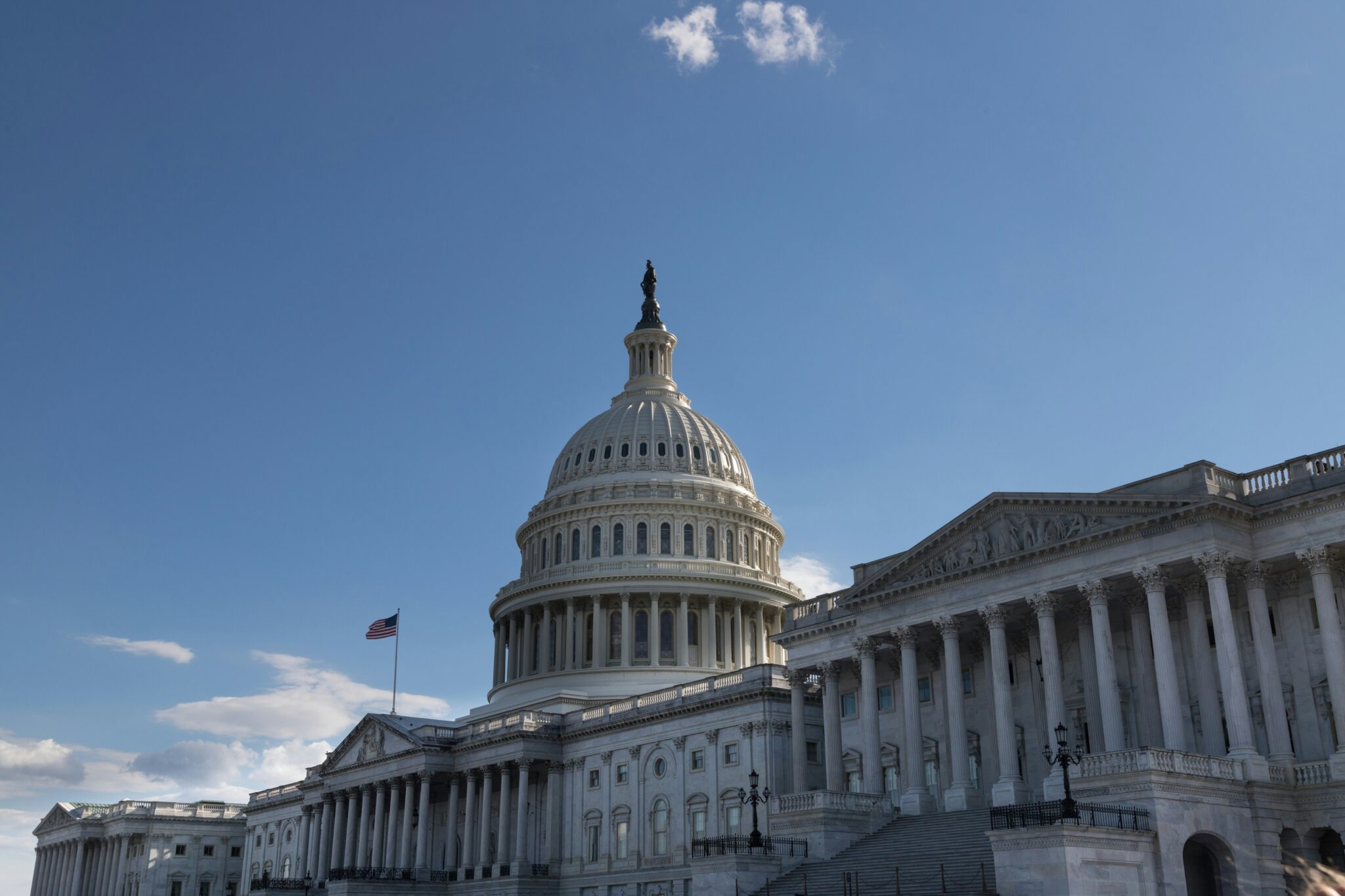This week Taxpayers for Common Sense released Gas Giveaways – a detailed analysis of how much natural gas is being leaked, vented, or flared – royalty free – during oil and gas production on federal lands. At the heart of the issue is outdated guidance written in 1979, which has not kept pace with the ever expanding oil and natural gas boom.
How big is the problem? HUGE. In 2016 royalties were charged on just 16.3 percent of all natural gas lost by oil and gas companies operating on federal lands, down from the already low 29.6 percent in 2015. That’s gas that literally went up in smoke. It didn’t get to market to heat our homes, fuel our stoves, and keep the lights on, and nothing was paid to taxpayers. As the resource owners, taxpayers should be compensated for these losses.
A little background, first. Taxpayers own federal lands, waters, and the minerals and resources contained within them. Private companies (i.e. the oil companies) are able to lease federal lands and waters to develop those valuable natural resources. The companies then extract the resource, sell it for profit, and compensate federal taxpayers through royalties calculated on a percentage of its market value.
But with a less than perfect system for oil and gas extraction, significant amounts of methane (the largest component of natural gas) are lost during the process. The taxpayer problem is how to make sure companies pay a royalty on the lost gas.
For the last 35 years, methane waste was governed by loose guidance issued by the U.S. Geological Survey, which used to manage federal resource royalties before the Minerals Management Service, which managed them before the Office of Natural Resources Revenue. In other words, it was a long time ago. The outdated rules from President Carter’s oil embargo era could never have anticipated today’s drilling technology and techniques, like hydraulic fracturing, which led to the doubling of oil production on federal lands between 2007 and 2015.
During the recent boom, lost gas increased even faster than production because the old guidance – the NTL-4A – allowed industry to vent, flare, and leak methane nearly scot free. One striking indicator of the NTL-4A’s deficiency is the variability of royalties charged on lost gas between states due to its ambiguous guidance.
In 2016, New Mexico accounted for 42 percent of oil production on federal lands nationwide, in that same year it reported 54 percent of all lost gas, but recorded 94 percent of the national total of natural gas charged a royalty. In comparison, North Dakota accounted for 16 percent of federal oil production, reported 28 percent of lost gas, but recorded 0.04 percent of the national total of gas charged a royalty. Inconsistent interpretations of the NTL-4A’s ambiguous guidance has led to over 200 billion cubic feet of lost gas being vented, flared, and leaked without being charged a royalty over the last decade. (You can read more on the NTL-4A here.)
Unfortunately things don’t look good. The BLM has positioned itself to codify the guidance of the NTL-4A and even take steps that could make matters worse in its February 2018 proposed rule. It could allow oil and gas operators to flare more gas, or flare for longer, without paying a royalty during some stages of production.
By scrapping new policies and protections that were put in place in January 2017 and doubling down on failed policies of the past, taxpayers will continue to lose out on valuable royalty revenues from energy production on federal lands to the tune of tens of millions of dollars a year.
The BLM is currently accepting comments on its new proposal through April 23rd. There is still time to change course, stop the waste, and get taxpayers a fair return for our oil and gas resources. Let’s hope the BLM can see the light through the smoke.










